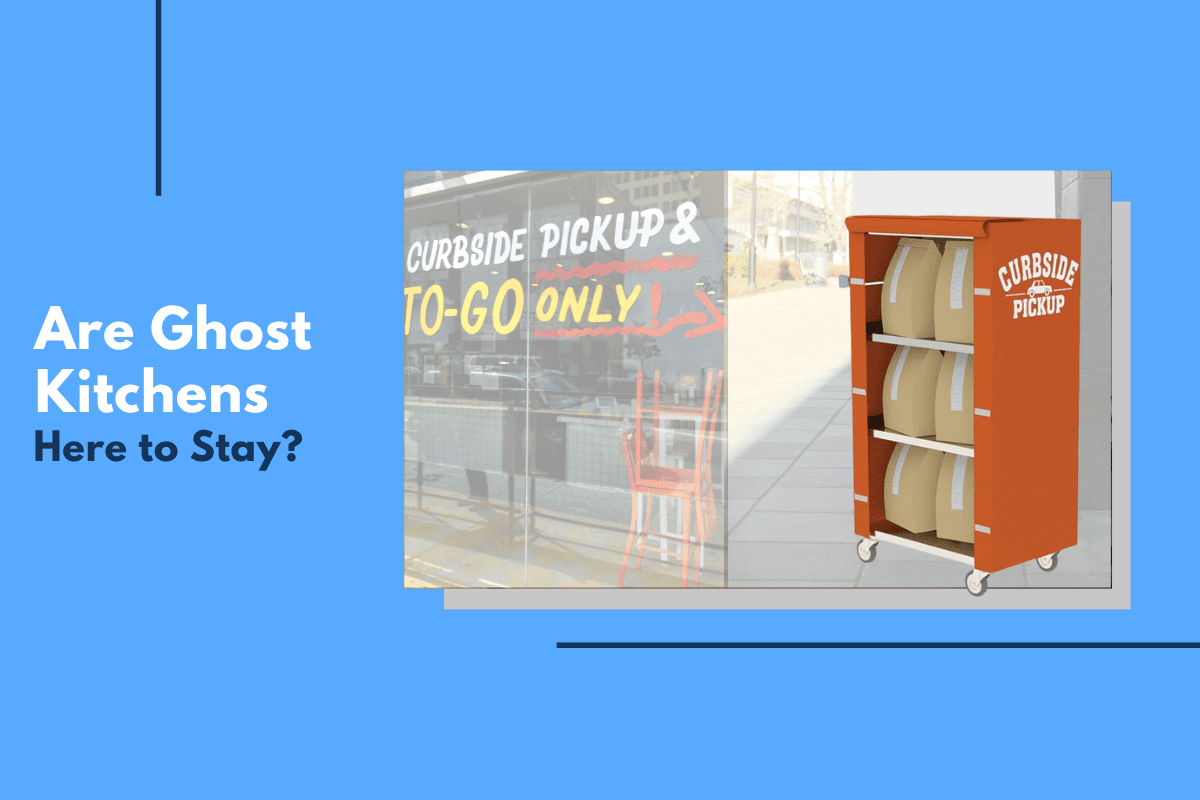
The foodservice industry has changed quite a bit in recent years. One of the more recent trends is the increasing popularity of ghost kitchens. Ghost kitchens existed in the food service industry before the COVID-19 pandemic, but they’ve taken on a life of their own since the early days of 2020, as many restaurants and foodservice operators adopted ghost kitchen models as they sought to adapt to the new realities of foodservice. Simply put, restaurants were forced to close dining rooms, and they needed new ways to get in front of their customers. The result was a drastic increase in off-premise dining, which speaks directly to the ghost kitchen model of foodservice.
Let’s start by discussing what a ghost kitchen is and how it operates.
What Exactly Is a Ghost Kitchen?
People may think of something spooky when they hear the term ghost kitchen, but it is quite ordinary. A ghost kitchen is an operation that doesn’t include a parking lot, dining room, or waiters. Simply put, a ghost kitchen is a restaurant that has essentially no public presence at all. It provides touchless ordering via an app or online menu, and meals are either delivered or picked up on location.
Ghost kitchens can be found in a variety of food delivery services. These services include DoorDash and GrubHub. Customers may see a restaurant listed on DoorDash or GrubHub that makes food in a ghost kitchen without even recognizing it. Ghost kitchens are quite important for food delivery services.
What Are the Benefits Of Ghost Kitchens?
Ghost kitchens provide a number of benefits. One of them is the fact that ghost kitchens have minimal overhead costs. Whoever runs the ghost kitchen doesn’t have to worry about front-of-house expenses since those expenses don’t exist for a ghost kitchen.
Additionally, ghost kitchens allow owners to operate without customizing the building for the convenience of dine-in customers or hiring servers. Also, a ghost kitchen provides the possibility of outsourcing delivery to services such as GrubHub and DoorDash. It is important to realize that one has to pay commission fees in order to outsource delivery to these services.
Another benefit of ghost kitchens is that they are quite flexible. One can quickly adapt them due to customer demand and new market trends. Everything about the ghost kitchen is online and one can alter it quickly across every platform they use. This provides those who run ghost kitchens with more leeway to test different approaches during the beginning stages of the business. After all, if one approach fails, it is fairly simple to pivot to another approach and go from there.
Will Ghost Kitchens Remain in the Foodservice Industry in the Long Term?
The easy answer is, yes. Given how the foodservice industry has changed in recent years, it seems likely that ghost kitchens are here to stay. They provide a variety of benefits compared to traditional food preparation operations. They can save a restaurant money it would have spent on overhead costs. With all this being said, one would expect that ghost kitchens will remain a part of the foodservice industry moving forward.
New Equipment Helps With Ghost Kitchen Operations
Another reason why ghost kitchens sprang up is to meet off-premise demand. New equipment can make ghost kitchen operations easier. Carryout food carts and curbside food carts are two examples of such new equipment.
These carts are durable and include all-swivel casters so that they are easy to move. Additionally, these carts make sanitation and cleaning easier, since their construction makes it easy to clean and sanitize them. Carryout food carts and curbside food carts also include an all-weather cover to protect them from the elements.
